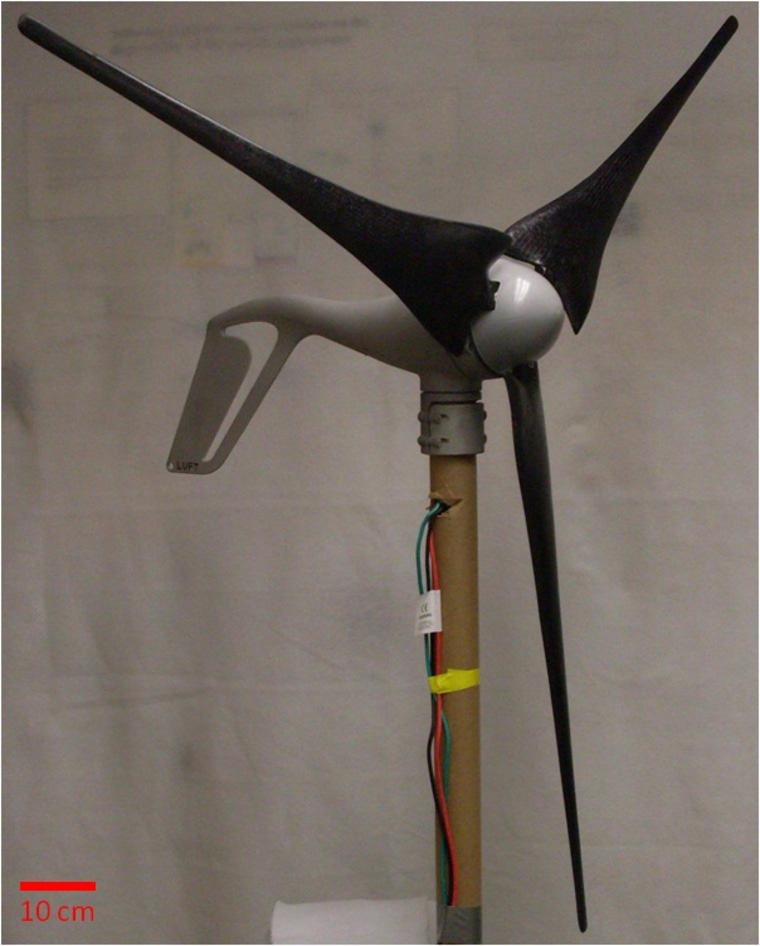Bigger is better … when it's also lighter and stronger, goes the thinking of engineers and materials scientists designing the next generation of blades to wring energy from the wind.
Bigger blades can get more energy from the wind, but this advantage is lost if the blade is also heavier, since more wind is needed to turn the rotor. In addition, the more the blade flexes in the wind, the more potential energy is lost.
That means the blades need to be lighter and stiffer as well as bigger.
To prove a longer, lighter and stronger blade could be made, a post-doctoral researcher has created the world's first polyurethane blade reinforced with carbon naontubes. It's only 29 inches long, but preliminary tests show it is lighter, more rigid and stronger than conventional epoxy blades.
"The main idea was to make something that I could show to people outside of the project to understand what we are doing here and why," Marcio Loos, the researcher in the macromolecular science and engineering group at Case Western Reserve University in Cleveland, Ohio, told me today.
"They are going to a larger scale already," Loos said of project partner Molded Fiber Glass Co. in Ashtabula, Ohio, who is infusing sections containing 50 layers of glass fiber with the new materials. "They are testing to see if it works and so far everything is going fine."
Fatigue tests show the reinforced polyurethane composite lasts about eight times longer than epoxy reinforced with fiberglass. The new material was also about eight times tougher in delamination fracture tests, according to the researchers.
A wind industry goal by 2020, Loos said, is to create blades that are 250 meters long. They currently top out at about 150 meters. "Hopefully, this new material can help reach that goal," he said.
Longer blades that wring more energy from the wind, however, are likely to run up against the same obstacles that routinely hobble the industry, including a lack of transmission capacity to bring the power to the people, on top of concerns that turbines harm wildlife and are an eyesore.
Just getting permission to install the prototype blade on a building at Case Western University proved a major hassle, Loos noted. They did, however, manage to get a the prototype up, which can be seen in the video below.
More details on the blades are available from Case Western University.
More stories on wind turbines:
- U.S. OK's nations first offshore wind farm
- Wind turbine on your roof? Not so fast
- Radar could save bats from wind turbines
- Oil company plans first floating wind turbine
- Wind turbines may threaten whooping cranes
John Roach is a contributing writer for msnbc.com.
